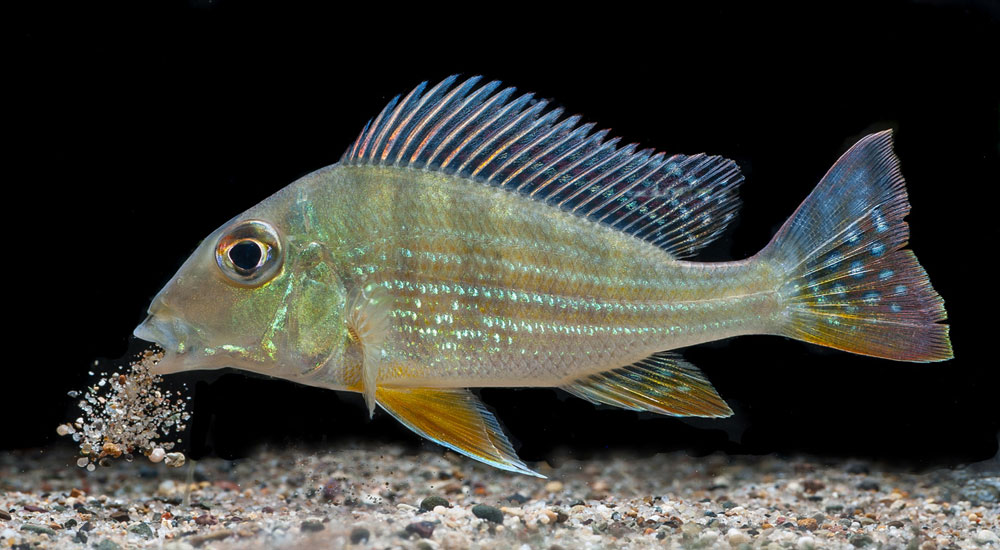People often keep aquarium creatures because they are a joy to behold with their vibrant colours and fascinating shapes. Many aquarium owners would love to capture this very diversity on film forever, but taking photos of fish, shrimps and other aquatic creatures is deceptively challenging. For this reason, we’ve asked wildlife photographer Peter Uhl* to reveal some tricks of the trade.
Mr Uhl, why is it so hard to take nice photos of your own fish?
Basically, there are three main difficulties: first of all, the creatures in the aquarium often become blurred. Secondly, reflections often spoil the photos, and last but not least, the colours on the pictures don’t always correspond to the actual colours in the aquarium. One way to deal with these problems is to use a flash, but it needs to be an external one.
What’s an external flash?
Unlike a built-in flash, an external flash unit can be used separately from the camera. A wireless sensor triggers the flash when a photo is taken, which gives you lots more ways of controlling the lighting (e.g. you can have the light coming from above or from the side). If, however, the flash is mounted on top of your camera, you may end up with unsightly reflections in your photos. But using the right equipment is only one aspect of creating beautiful photos; it is equally important to watch your creatures before and while photographing them.
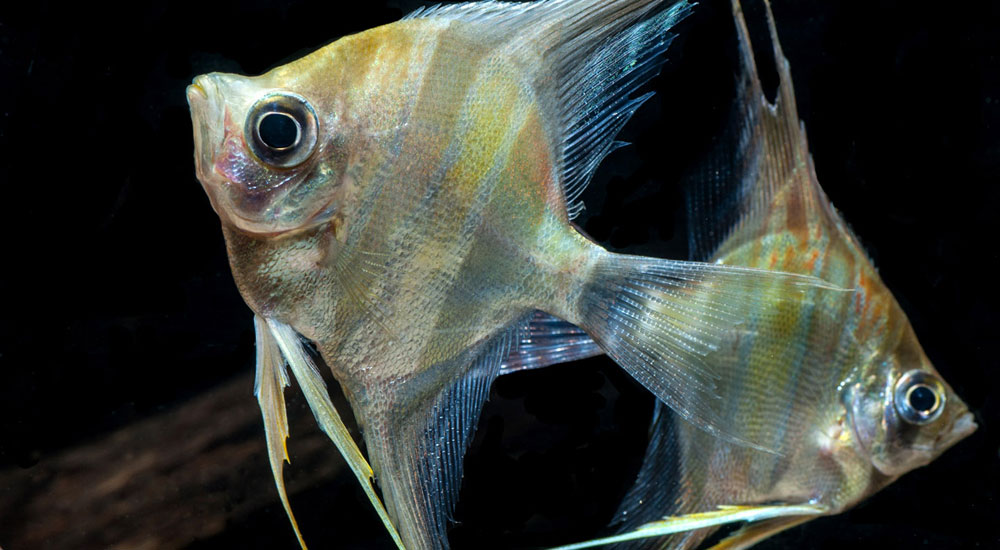
So, I should watch my creatures before I pick up my camera?
Exactly! Get to know your creatures. That way you’ll learn about the swimming patterns of your fish and you’ll discover, for example, that cichlids have a habit of shovelling gravel into their mouth then spitting it back out again several times in a row – which gives you a fine subject for a photo. Many people underestimate just how important this factor is. The advantage of knowing your own creatures and their behaviour patterns is that you can take great photos of them.
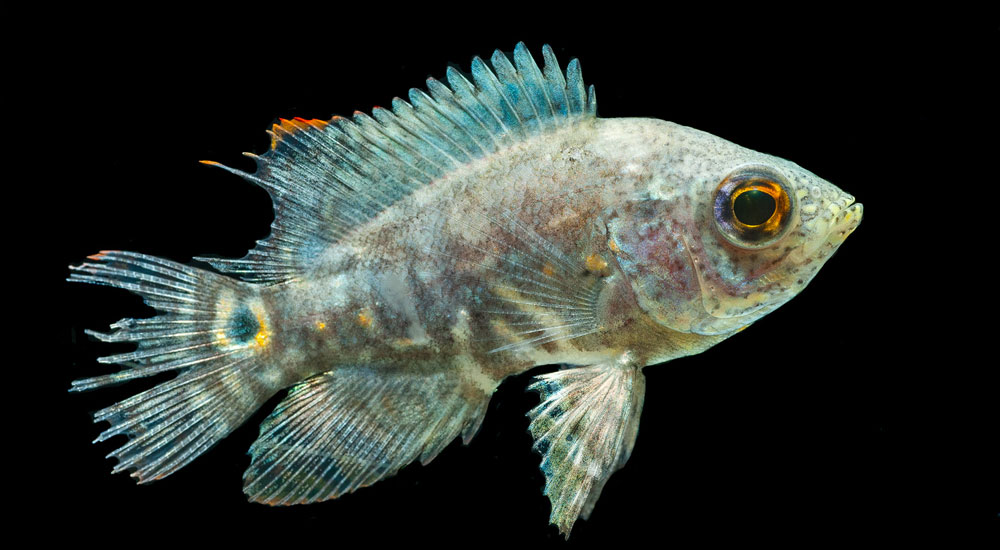
Does my camera need to meet any special requirements?
A single-lens reflex camera (SLR) is ideal because it has a very short shutter delay. Your camera should also have a continuous autofocus mode, which tracks moving subjects and keeps them in focus. Older bridge cameras, on the other hand, are not particularly suitable. These hybrids of SLRs and compact cameras often trigger the flash too late, by which time the subject has already swum past before the photo has even been taken.
Do I need a tripod?
If you can take photos at home using a separate flash, you don’t really need one. You already have enough light and the aquarium creatures are “frozen” in focus thanks to the short flash duration. What’s more, you are more flexible without a tripod, which means you can respond better and faster to movements. However, it’s important to always hold the camera parallel to the glass.
Why?
Because otherwise you may end up with distortions and focus issues due to the glass, and in this case, the thicker the glass, the stronger the effect.

How can I avoid reflections in my pictures?
First of all, you should hold the camera as close as possible and parallel to the aquarium glass. Dark clothing or a dark background can often help. Alternatively, you can wait until it gets dark outside before taking your photos, that way only the aquarium will be lit up and you will have fewer reflection problems. However, this may not solve the problem altogether as reflections can also come from one of the side panes. Unfortunately, it’s impossible to prevent this type of reflection, so the best solution is to move to another location by the tank.
Are there certain fish that are good for practising on?
Of course – any fish that don’t swim too fast, so that you have more time to prepare for the photo. Certain species of catfish tend to linger on a stone or a root for a long time and are therefore easy to photograph. However, plenty of patience is paramount when taking photos of aquarium creatures.
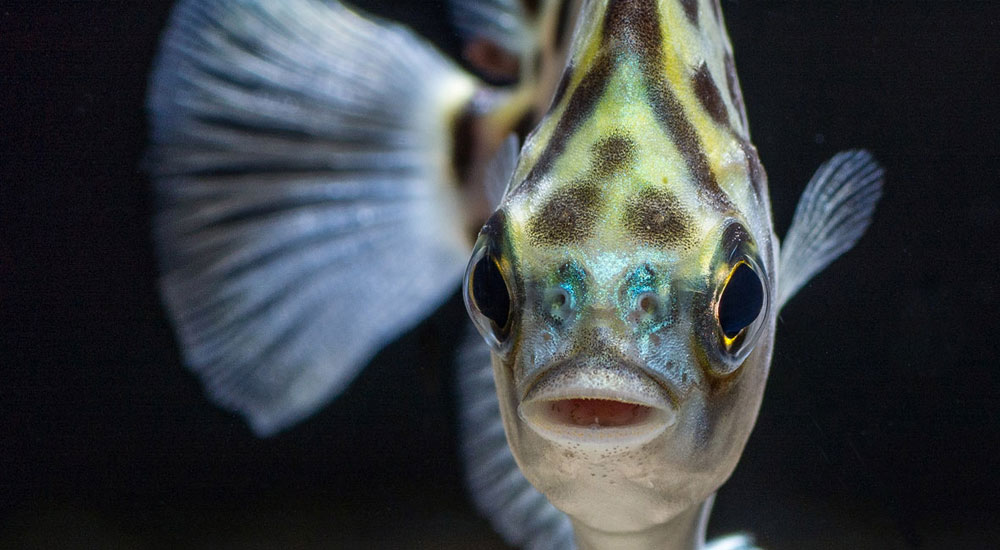
Because it doesn’t always work first time…
Yes, that’s right. The main thing is that you have fun and enjoy taking your photos. Don’t set yourself any limits. A photo that you love doesn’t have to be 100% perfect. If you find something beautiful about it or you associate a certain emotion with it, then it’s a good photo, even if it happens to be a bit blurred or if the lighting isn’t right!
Do you have a favourite photo subject?
My wife took some photos of a seahorse in a salt-water tank at a public aquarium. It was clinging onto a branch with its tail and dancing around back and forth the whole time, so it was really hard to get a clear shot of it. But it made a really enthralling subject and when the shot worked it was great.
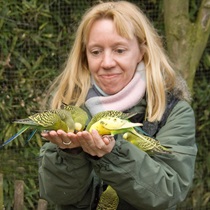
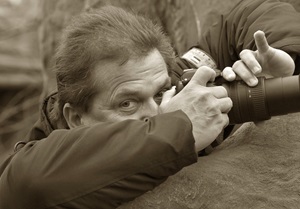
*Peter Uhl and his wife, Martina Walther-Uhl, run a photography school called “Fotoschule des Sehens” based in Isernhagen, Germany. They hold photo seminars and workshops throughout Europe to teach amateur photographers topics such as how to show off aquarium creatures in their best light, whether in their own aquariums or large marine aquariums. For further information, visit (German Website):
http://www.fotoschule-des-sehens.de/aquarium.php
Tetra says: Many thanks for the great interview and for letting us use some really brilliant shots here! We wish you every success with your future photographs!

